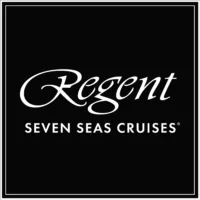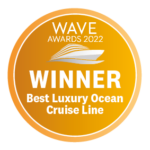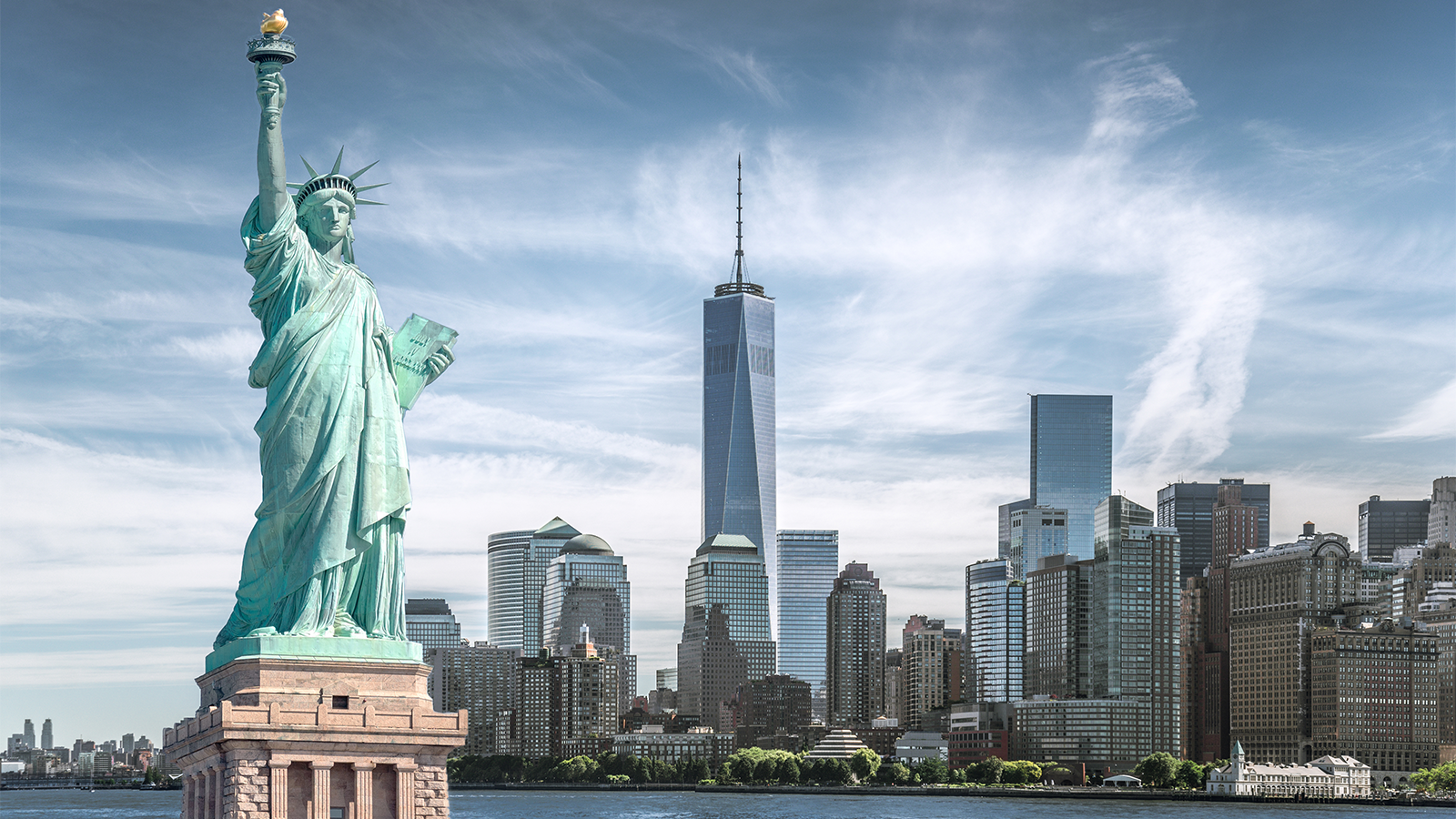
Regent Seven Seas Cruises
Regent promises to deliver The Most Inclusive Luxury Experience, offering an all-inclusive, ultra-luxury experience that is Unrivalled at Sea™.
Guests will be able to explore more than 550 destinations around the world while enjoying the unrivalled space, elegance, and comfort of The World’s Most Luxurious Fleet®. Regent will tend to every detail of their journey from start to finish, so guests can be pampered by the warm, Heartfelt Hospitality™ delivered by the crew.
496
Passengers
365
Crew
1999
Launched
2016
Last refit
28803t
Tonnage
173m
Length
25m
Width
20kts
Speed
8
Decks
USD
Currency
Cruise Itinerary
Days 1 - 2
Doha, Qatar
Day 3
Abu Dhabi, United Arab Emirates
Day 4
Khasab, Oman
Days 5 - 6
,
Day 7
Mumbai (ex Bombay), India
Day 8
Mormugao, Goa, India
Day 9
Mangalore, India
Day 10
Cochin, India
Day 11
Colombo, Sri Lanka
Day 12
Galle, Sri Lanka
Day 13
Hambantota, Sri Lanka
Days 14 - 15
At Sea
Relax and make the most of the myriad of facilities available on board the ship, from fantastic entertainment to delicious and diverse dining options.
Days 16 - 17
Phuket, Thailand
Day 18
Langkawi Island, Malaysia
Day 19
Georgetown, Penang, Malaysia
Days 20 - 21
Port Klang, Malaysia
Day 22
Malacca, Malaysia
Day 23
Singapore, Singapore

Days 1 - 2
Doha, Qatar

Day 3
Abu Dhabi, United Arab Emirates

Day 4
Khasab, Oman

Days 5 - 6
,

Day 7
Mumbai (ex Bombay), India

Day 8
Mormugao, Goa, India

Day 9
Mangalore, India

Day 10
Cochin, India

Day 11
Colombo, Sri Lanka

Day 12
Galle, Sri Lanka

Day 13
Hambantota, Sri Lanka

Days 14 - 15
At Sea

Days 16 - 17
Phuket, Thailand

Day 18
Langkawi Island, Malaysia

Day 19
Georgetown, Penang, Malaysia

Days 20 - 21
Port Klang, Malaysia

Day 22
Malacca, Malaysia

Day 23
Singapore, Singapore
Ship Details


Regent Seven Seas Cruises
Seven Seas Navigator
As you gaze at Seven Seas Navigator®, imagine what you’ll hear as well. Listen for sounds of happiness like forks clicking on Versace dinnerware, a ball clacking on a roulette wheel, and a martini being shaken to icy perfection.
Cabins
All Prices




















